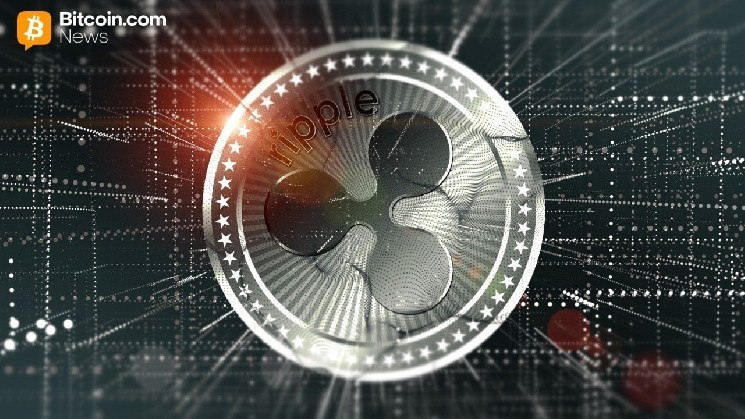Global finance is accelerating toward a unified digital future as regulators and innovators work together on stablecoin standards to enable seamless cross-border payments, institutional trust, and interoperability, and that momentum is essential for true financial integration around the world, Ripple said.
Ripple says regulatory harmonization and technical standards are key to stablecoin integration
Global policymakers and blockchain companies are accelerating efforts to create a consistent framework for stablecoins that can move freely across borders. On October 15, Ripple shared insights written by Rahul Advani, Co-Head of Global Policy, and Karen Tso, Asia Pacific Policy Manager, analyzing how regulatory convergence and interoperability can make stablecoins truly fungible around the world.
Refer to “Stablecoin fungibility: Unlock cross-border payments or fragment the global financial system?” —A joint report by Ripple and Global Digital Finance—the authors set out a five-key policy blueprint to guide global stablecoin adoption.
First, stablecoins are now demonstrating real-world use cases that go beyond speculation, driving payments in B2B cross-border payments, digital payroll systems, and tokenized markets. Second, interoperability must be a first principle to ensure that stablecoins work seamlessly across networks, issuers, and jurisdictions, rather than replicating traditional financial silos. Third, the authors emphasize that regulatory harmonization is both the greatest barrier and the greatest opportunity.
To achieve true harmony, we must build bridges, not walls, between traditional and decentralized finance.
“Developing consistent regulation requires the participation of the entire financial ecosystem and the ability to integrate new technologies into established structures. This is an opportunity for global standard-setting bodies to build a framework that is risk-sensitive, technology-neutral, and inclusive,” they further explained.
Fourth, stablecoins must be “boring” and serve as reliable and predictable means of payment that builds long-term trust within the financial infrastructure. Fifth, the authors warned that the absence of common legal and technical standards would slow global usability and urged the adoption of shared frameworks for compliance, messaging, and payments.
The collaboration between Ripple and Japan’s SBI Holdings to distribute the RLUSD stablecoin exemplifies these principles in practice. Regarding this initiative, the report states: “This is a real-world exploration of how global assets can operate within specific national frameworks, and provides valuable lessons for achieving a balance between regional compliance and ambitions for international harmonization in the near future.” Advani and Tso concluded:
Stablecoins are at a tipping point. The path to becoming the connective tissue of a more inclusive and efficient global financial system depends on pragmatic convergence.
“This will be achieved based on two pillars: risk-sensitive collaboration by global standard setters and an unwavering commitment to interoperability,” they said.
FAQ 🧭
- Why does Ripple care about interoperability in a global stablecoin framework?
Ripple emphasizes interoperability as the foundation for allowing stablecoins to move seamlessly across networks and jurisdictions, preventing the fragmentation that currently limits traditional financial systems. - How will regulatory harmonization affect investor confidence in stablecoins?
Consistent, globally aligned regulation reduces uncertainty, builds institutional trust and facilitates cross-border capital flows. This is an important factor for investors seeking a predictable and compliant digital asset environment. - What are real-world use cases that demonstrate the growing economic value of stablecoins?
Stablecoins are already powering cross-border payments between businesses, digital payroll, and tokenized market settlements, going beyond speculative trading and proving a tangible role in modern financial infrastructure. - How will Ripple's RLUSD initiative with SBI Holdings support global stablecoin adoption?
This partnership will serve as a model for balancing local regulatory compliance with global interoperability, providing a scalable blueprint for integrating stablecoins into national and international financial systems.

